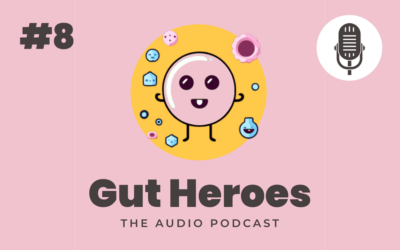Ankylosing spondylitis (AS) is a type of arthritis and autoimmune disorder that mainly affects the spine.
It can also cause pain and inflammation in other parts of the body, including the ribs, hips, shoulders and knees.
It’s a life long condition that usually starts to affect people in their late teens, or early adulthood.
Some studies have show that ankylosing spondylitis is more common in men than in women but anyone can get AS, regardless of their age or gender.
The main symptom of AS is back pain.
It can be severe and last for a long time (sometimes for up to 2 weeks or longer) during what’s known as a ‘flare’.
The pain usually focuses on the lower back in an area called the sacroiliac joints.
These joints are located just behind your bum which link the pelvis with the lower spine.
Normally patients find it will effect one side of these joints (the left or the right, but not usually both) during a flare.
Many patients find the pain improves with exercise or movement.
In addition to back pain, AS can also cause stiffness and swelling in the joints, especially in the lower back but also in the hips and shoulders.
This stiffness may typically be worse in the morning or after sitting down for long periods.
It can make it difficult to move around and perform everyday activities such as walking, climbing stairs, or lifting things.
AS can also cause fatigue and ‘brain fog’, which leaves patients feeling tired or exhausted even if they feel like they’ve had a good sleep.
The exact cause of AS is still being studied, but it is believed to be related to genetics and the immune system.
People with a specific gene called HLA-B27 are more likely to develop AS, but not everyone with this gene will develop ankylosing spondylitis.
The leading research suggests that the immune system attacks the joints and causes inflammation, which leads to pain and stiffness.
There is no known ‘cure’ for AS.
However, there are treatments that can help manage symptoms and slow down disease progression.
There is also a growing body of patients with AS who manage their condition and live pain free purely through changes in diet and lifestyle.
That is the aim of this website. To focus, where possible (and this won’t be appropriate for everyone) on natural, dietary and lifestyle interventions aimed at tackling the root cause.
This includes promoting gut health, the microbiome and physical fitness to help patients thrive with AS.
Conventional medicine also offers a range of treatments to help deal with pain and symptoms.
These include medications such as nonsteroidal anti-inflammatory drugs (NSAIDs), which can help reduce pain and inflammation.
In many cases, biologic medications and immunosuppresants may be used to target specific proteins in the immune system that are causing inflammation.
Every study agrees that exercise and stretching (such as targeted yoga or pilates) is helpful for people with AS.
It can help improve flexibility, strength, and range of motion.
It is important to talk to a doctor or a physio or osteopath before starting an exercise program, as some exercises may be more beneficial than others depending on your circumstances.
In summary
Ankylosing spondylitis is a type of arthritis and autoimmune condition that mainly affects the spine.
It can cause severe back pain, joint stiffness, and fatigue.
It’s a long-term condition that can be managed with medications, exercise, and physical therapy.
While there is no cure for AS, early diagnosis and treatment and changes to lifestyle can help prevent complications and improve quality of life dramitically.



0 Comments